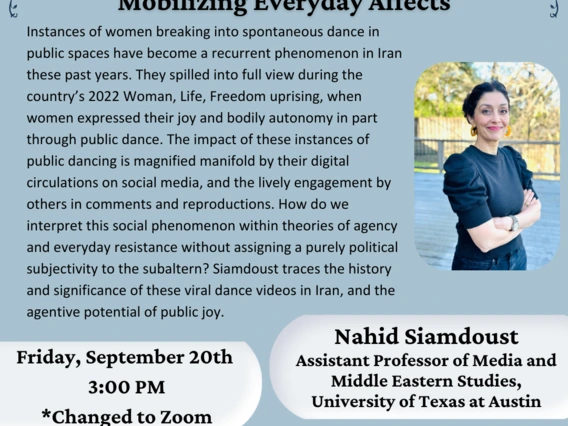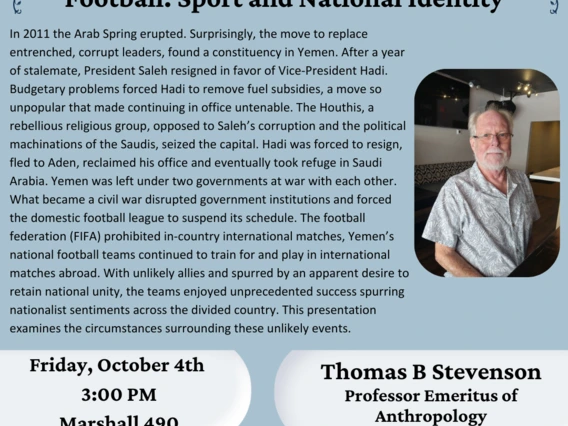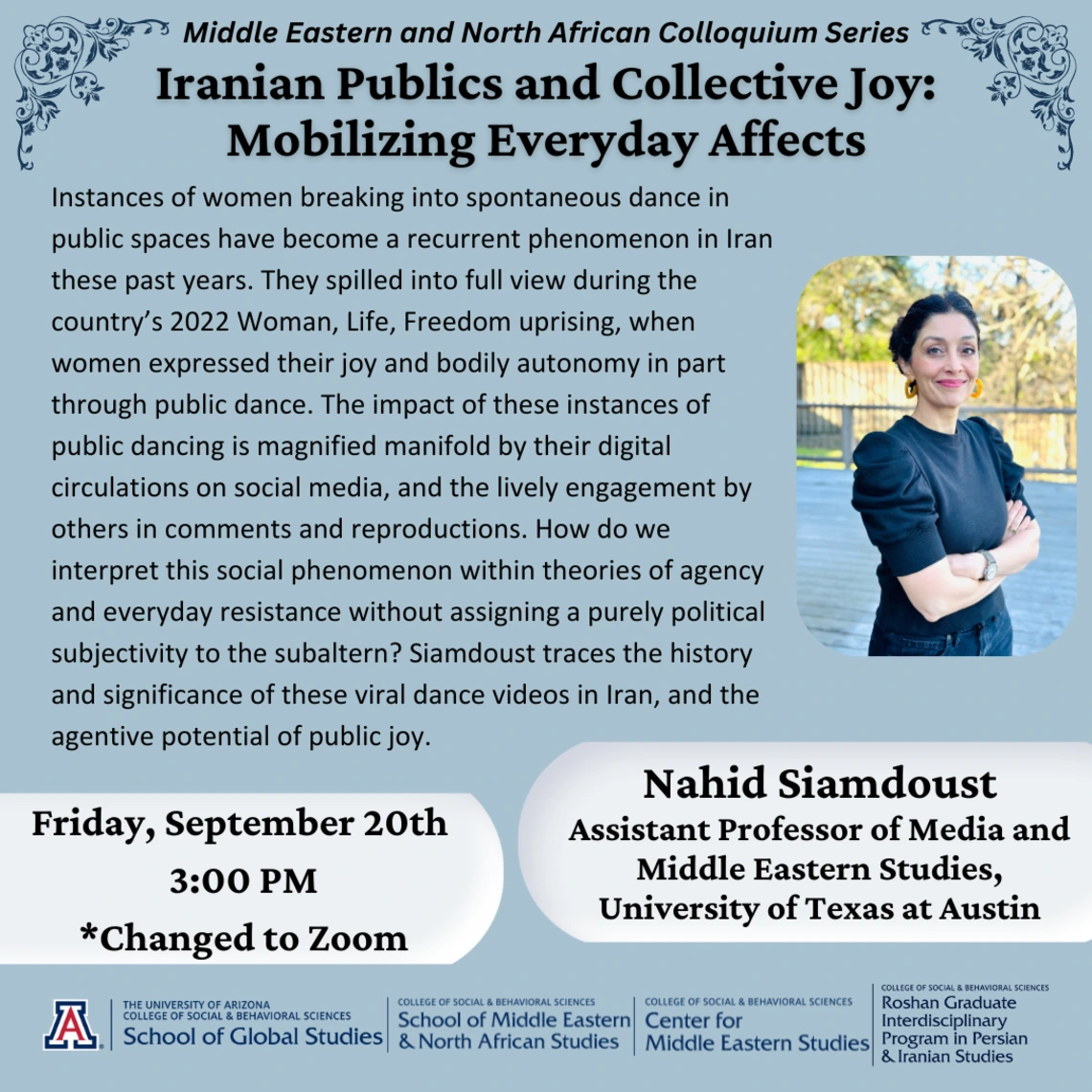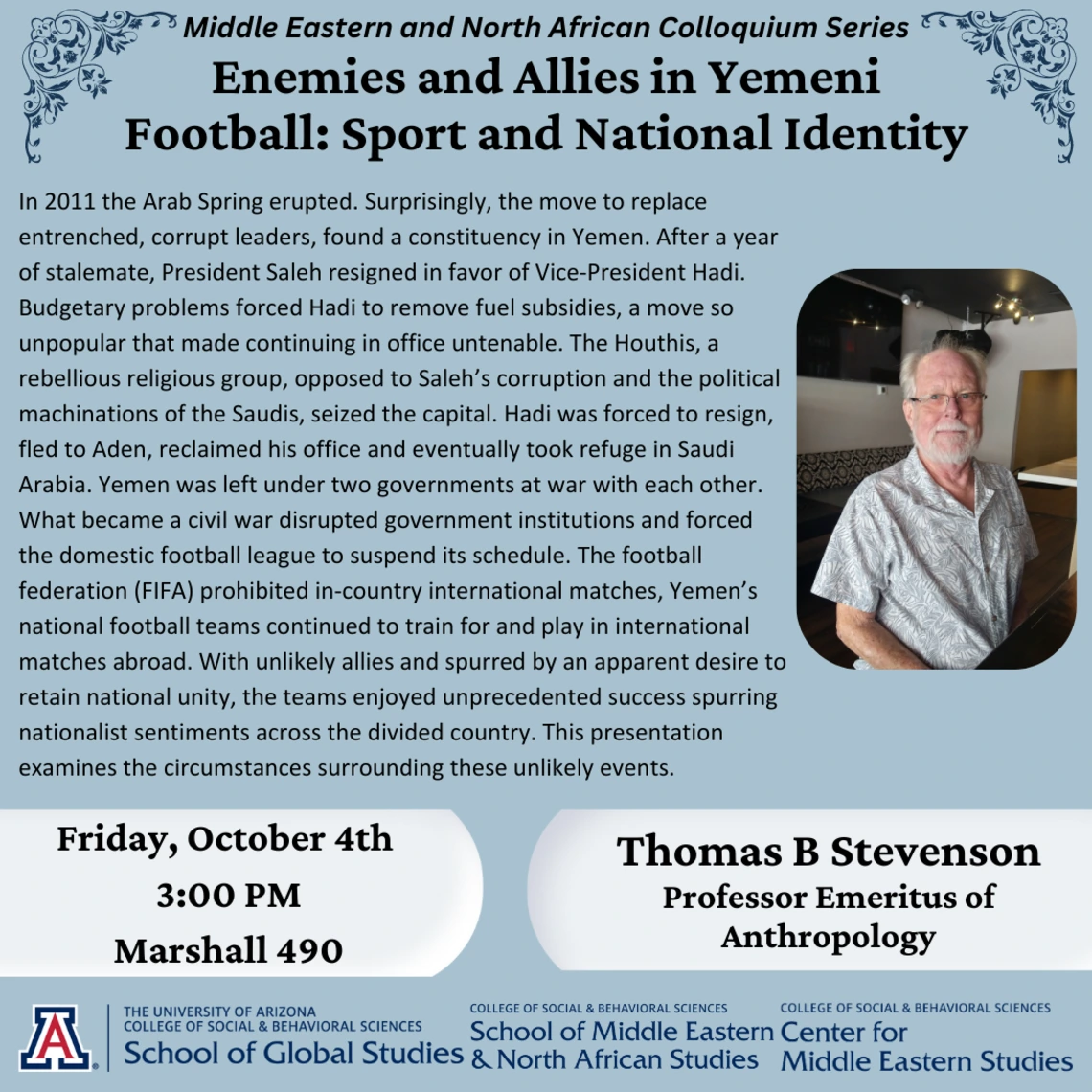Pagination
- First page
- …
- 1
- 2
- 3
- …
- Last page
Nezami Ganjavi (1141-1209) and Dante (1265-1321) share unique, creative imaginations and eloquence. Dante's enduring literary portrayals in his Divine Comedy share some of the fictional and fantastical qualities of Nezami's portrayal of the story of Ascension in five different versions and other stories in his Seven Treasures. They also seem to share some fictional elements in their writing and a fascination for the portrayal of love, writing love poetry, and their creativity in rendering these. However, I would like to believe that what is most common between their literary endeavors is their ability to construct colorful allegories. Dante's Divine Comedy is an enormous allegory, which conveys commentaries on, primarily and paradoxically, religion, politics, and love. Nezami's allegories in his Five Treasures, such as the stories of Ascension, tales told by Bahram's lovers, or the imaginary congregation of Alexander and Greek philosophers such as Plato and Aristotle, are literary constructs that draw upon various themes, including religion and nature. Such subjects and themes serve in the construction of what I term Nezamian allegories. This presentation reviews the allegorical and metaphorical aspects of some of these two authors' works. It analyzes the poetic hermeneutics, verbosity, and brevity with which they have composed their prosody.






